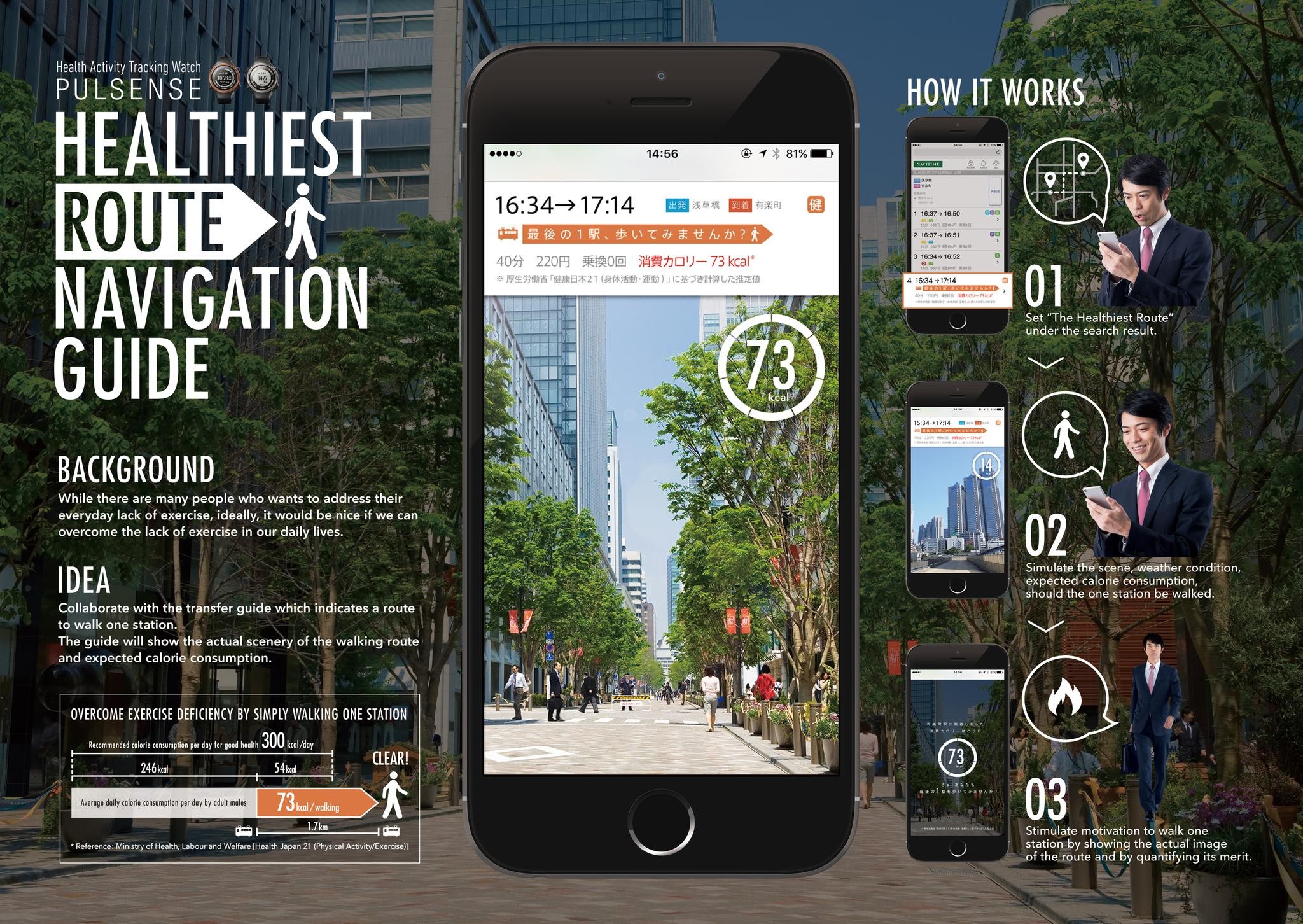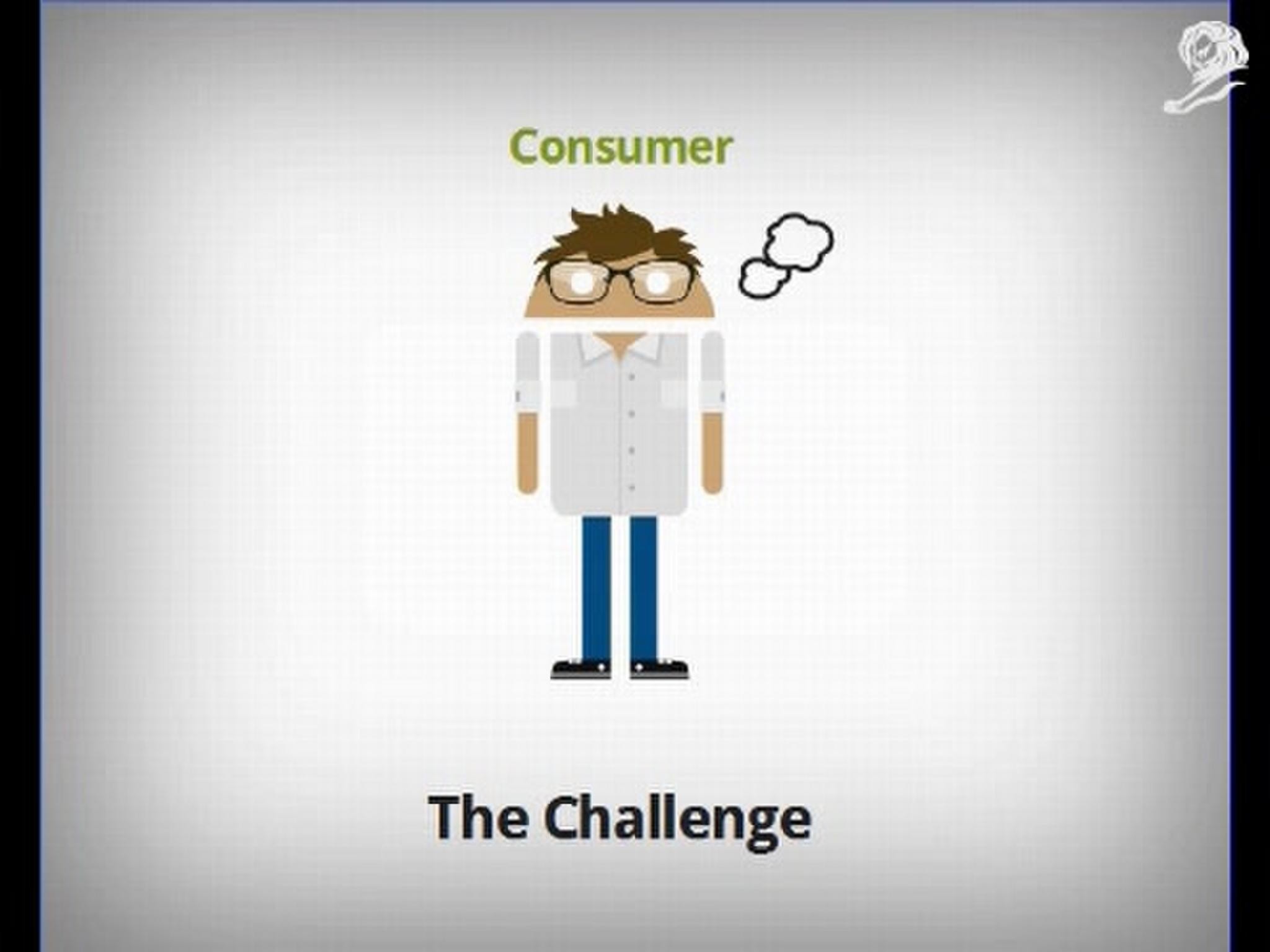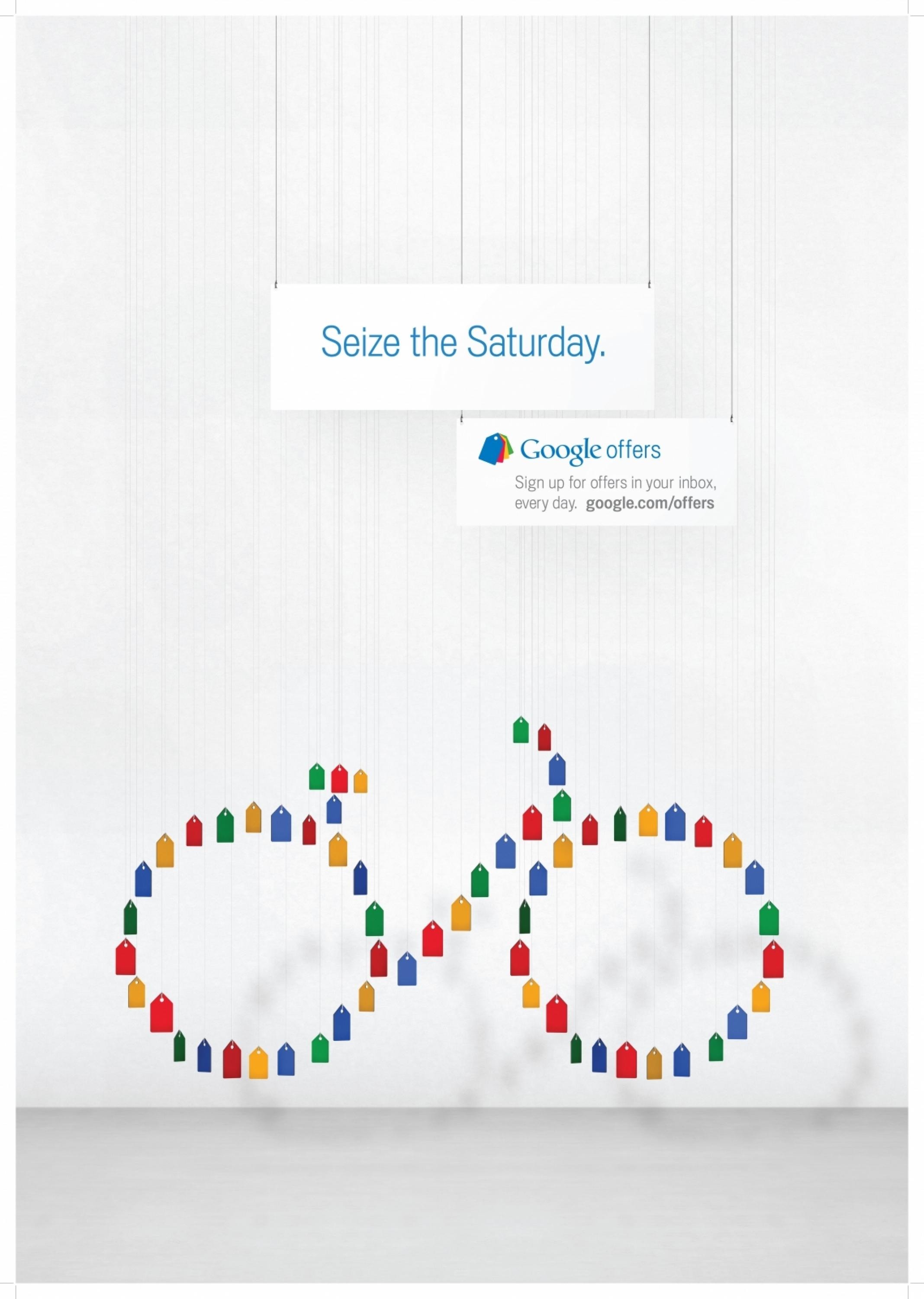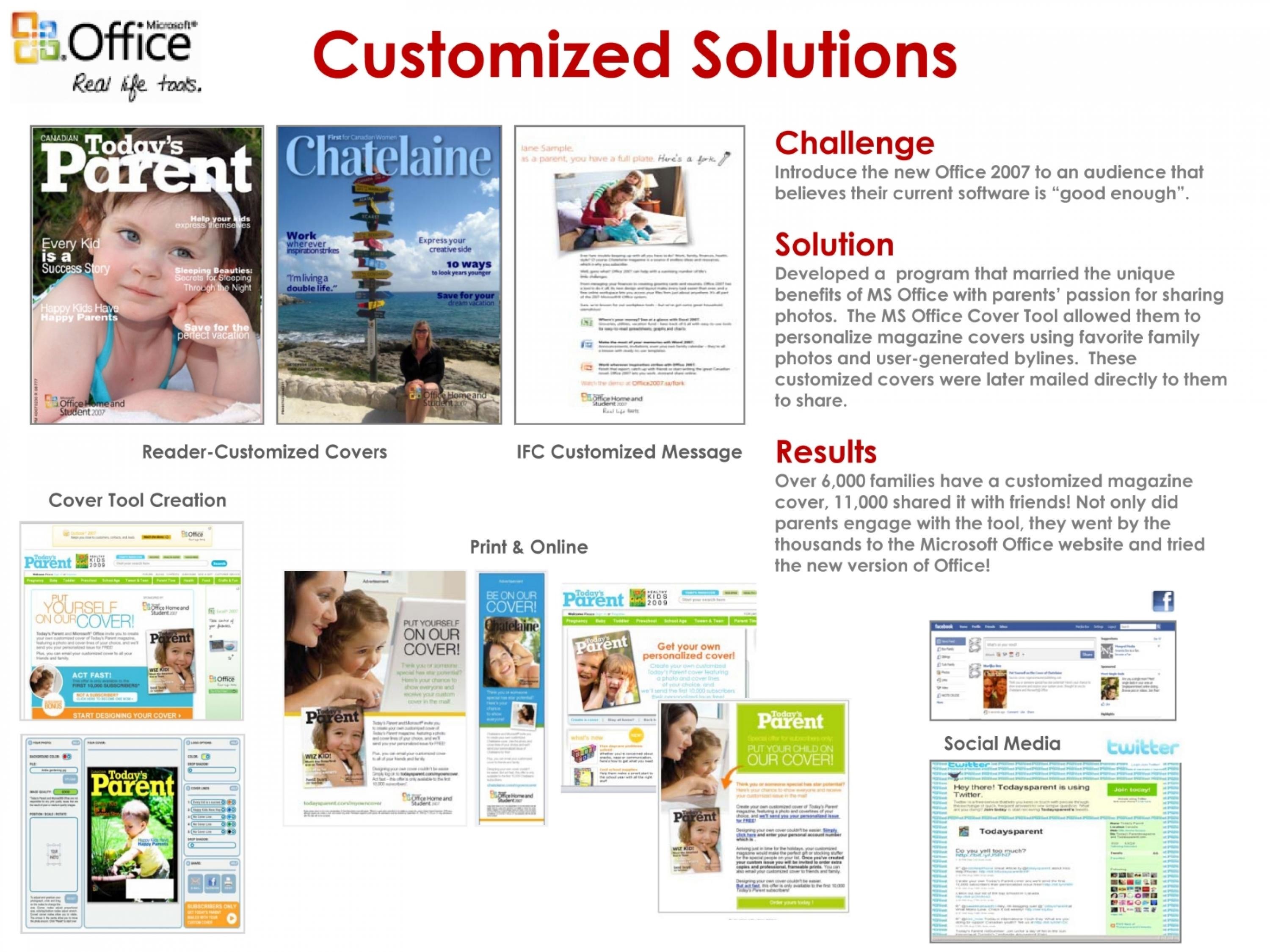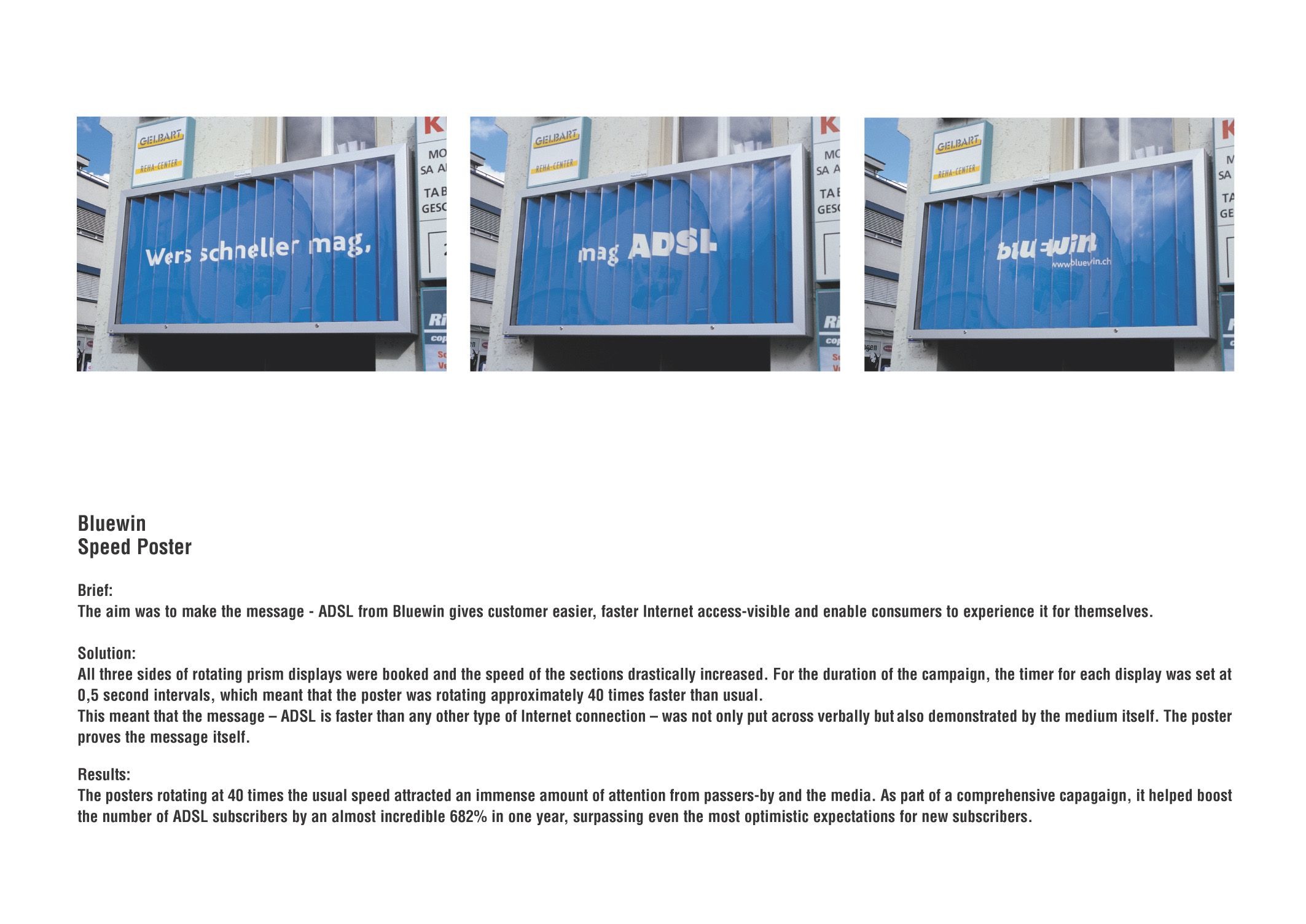Cannes Lions
Behind the Cover with Google Lens
GOOGLE, Mountain View / GOOGLE / 2020


Overview
Entries
Credits
Overview
Background
Google Lens is a visual search tool that allows users to learn more about the world using their camera. Our goal is for Lens to become the way people search the physical world. To support this, we’ve built a platform which allows anyone to attach content to the real world and view that content in Lens.
Beginning at the end of 2019, Google Lens and the New York Times Magazine worked together to make every cover and several ads “Lens enabled” throughout the year. Therefore, NYT readers could use Google Lens to learn more about the stories and ads they cared about. But as 2020 unfolded, social justice movements supporting Black and LGBTQ+ rights came to light in The United States. So we decided to use our ad space as an opportunity to show support for these movements in a meaningful way, while introducing Google Lens to a new audience.
Idea
To highlight these important movements, we created immersive ads that brought to life the stories and history of people who spoke up and fought for those who are discriminated against and marginalized. These dynamic animations created surprise and delight moments for the audience, while also being informative and educational.
Strategy
The New York Times readership were selected because of their interest in culture and news and their willingness to adopt new technologies. With a wide age range of readership and a balanced gender split, they provided the perfect testing audience for our emerging technology.
To educate our readers about Google Lens we took a three phased approach. The first phase introduced the product with explanatory content, then subsequent phases drove usage through inspiring content.
Execution
The New York Times Magazine released three “burst issues” over the past year, in which every page and ad was Lens enabled. These issues also included explainer ads that taught readers how to interact with the Lens enabled content. The explainer ads served as reminders and grew brand awareness around Google Lens.
In October of 2020, we aligned with the Black Lives Matter protests by highlighting the life of Henry Tanner, the first Black American painter to gain international recognition. It was the first ad in the New York Times Magazine and the back cover of the newspaper. In November, we highlighted the 1980’s Harlem Ball culture with our biggest ad yet that showed a vogue ball coming to life.
The NYT has approximately 7 million subscribers, all who were able to view and experience these AR ads. Both ads proved the simple power of the product, bringing 2D surfaces
Outcome
With a readership of over 130 million subscribers, the ads had high visibility across the New York Times Newspaper and Magazine. Product awareness and brand perception showed significant increases, with 90% of those surveyed saying they’d try Google Lens in the future over last year’s readership. Readers rated their brand perception of Google Lens as a strong leader in AI technology and first to market innovative solutions. The initial response to the first burst issue resulted in a 62% lift in familiarity, likelihood, product awareness, and brand perception for first time users.
Overall, positive sentiment towards the brand increased with each issue and an overwhelming number of readers pulled out their phones to interact with the ads across all ages, genders, and social status.
Similar Campaigns
12 items

